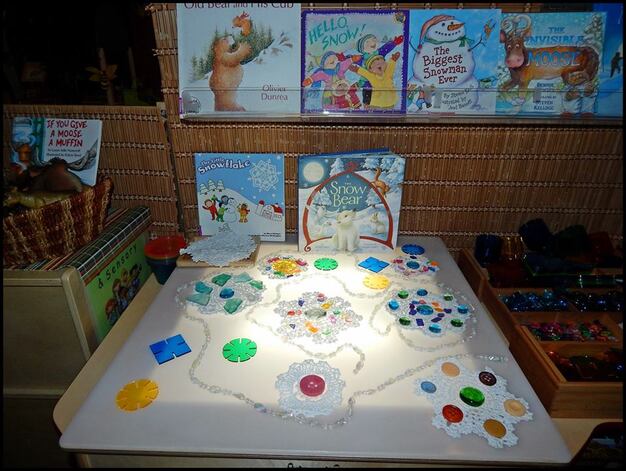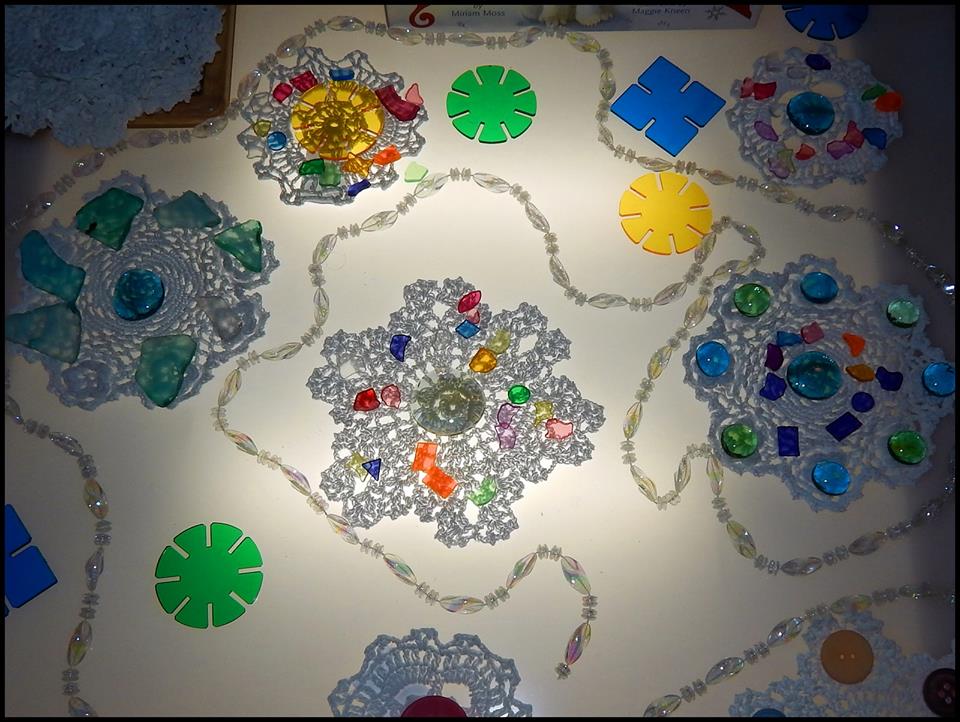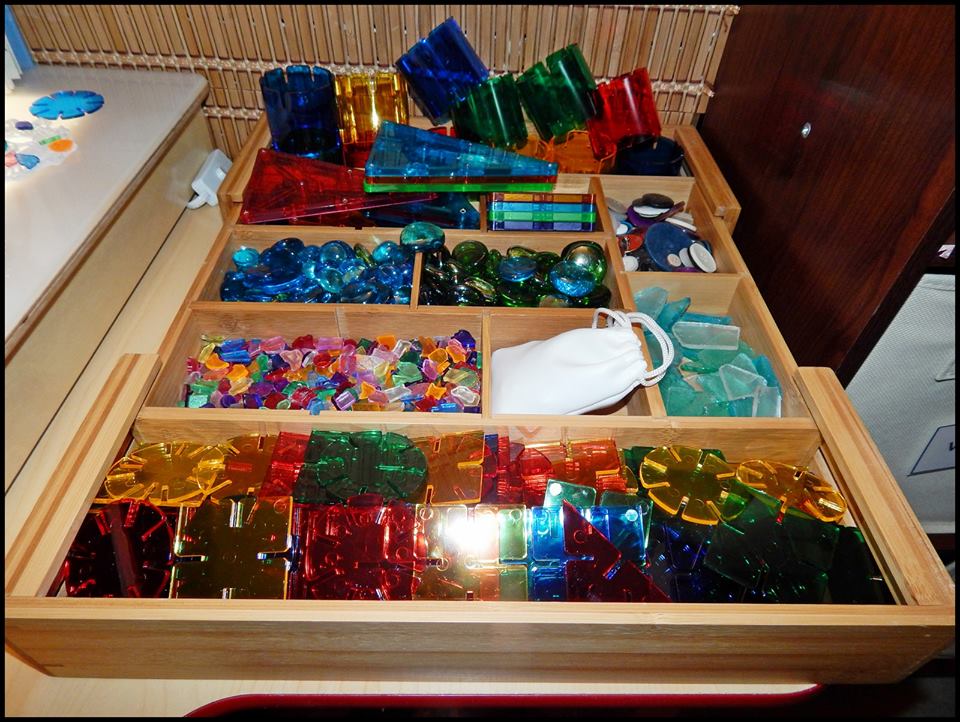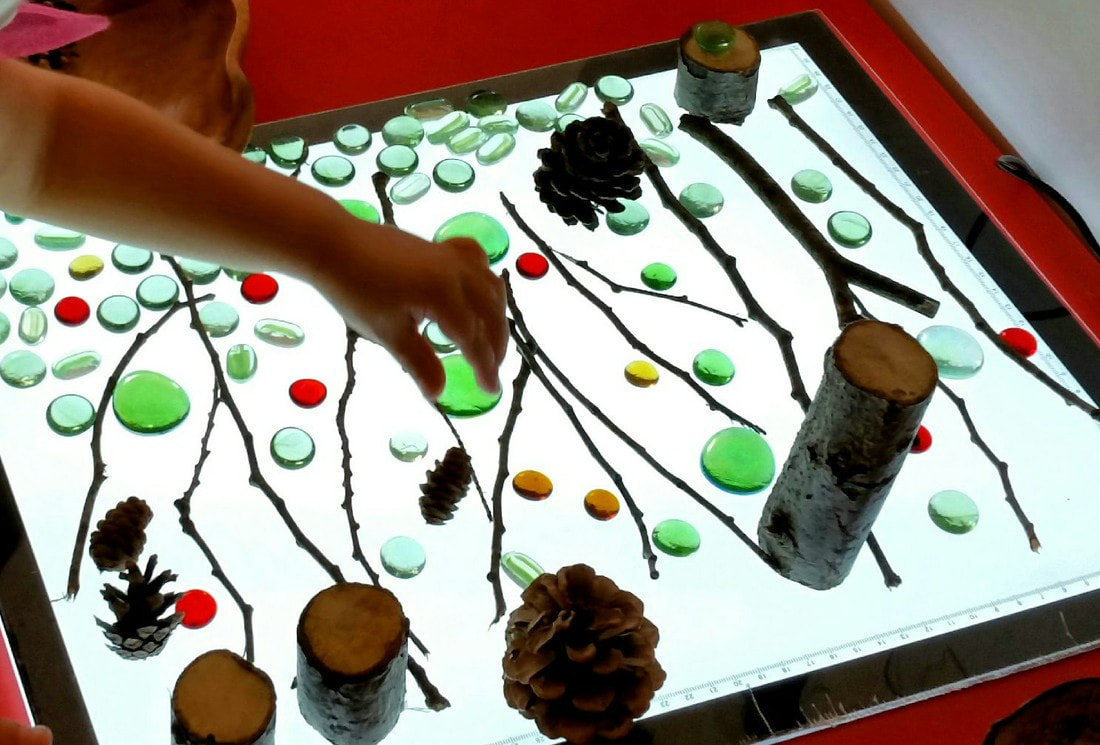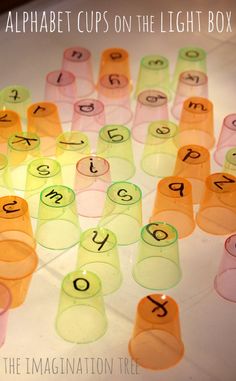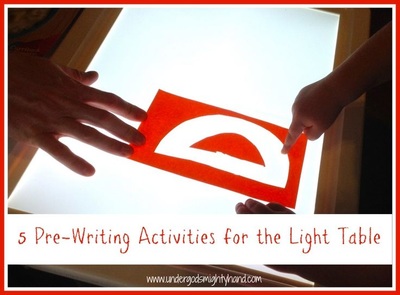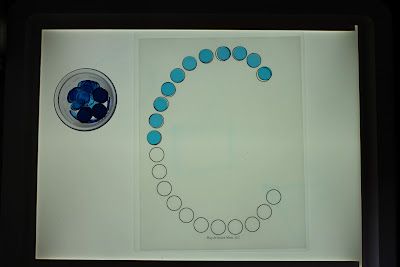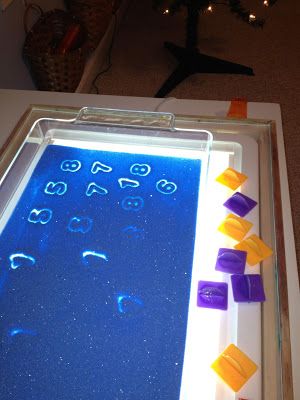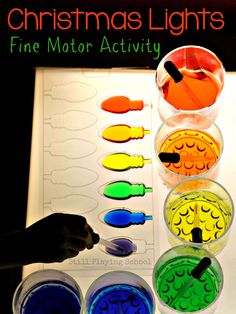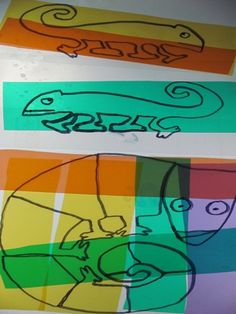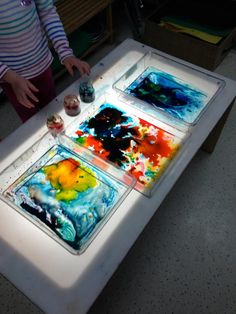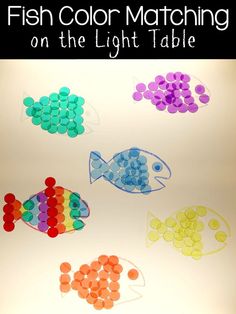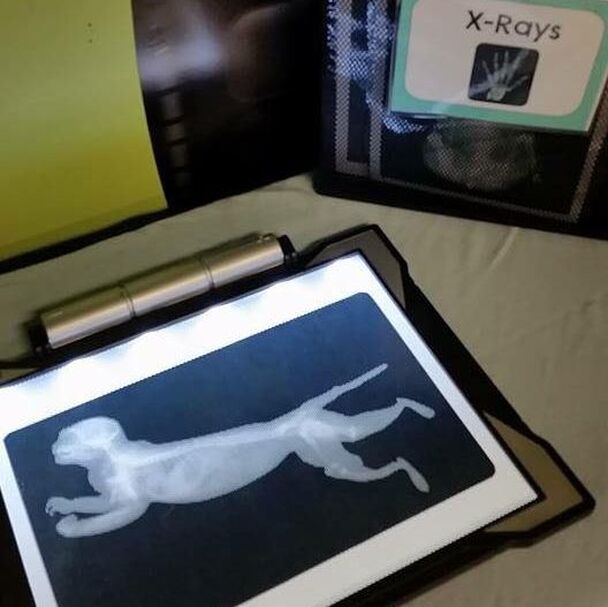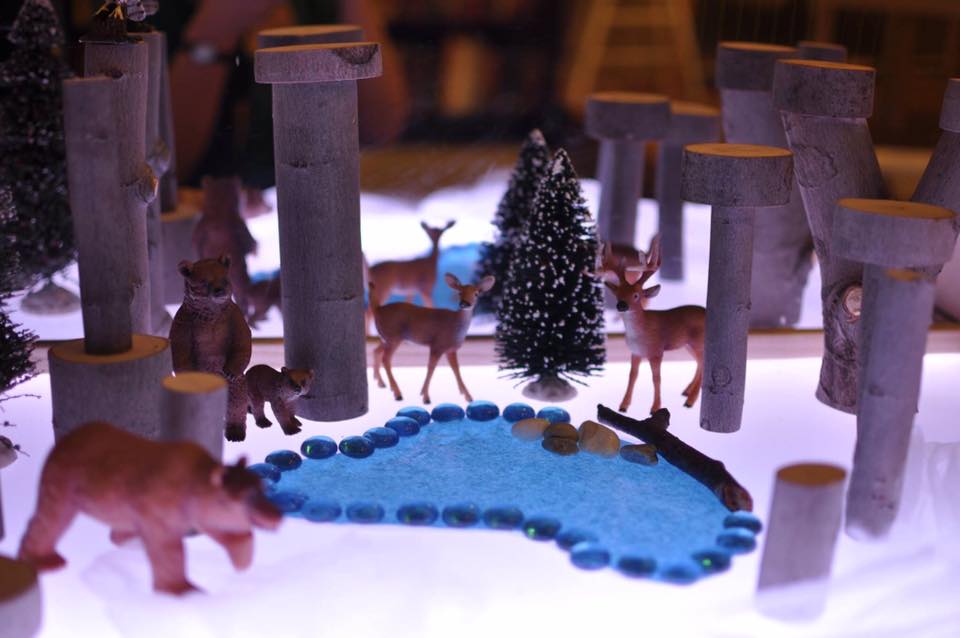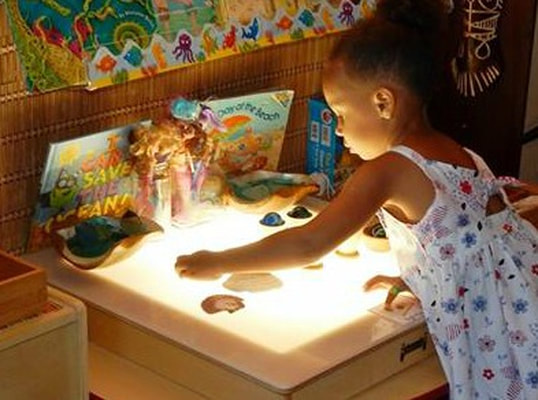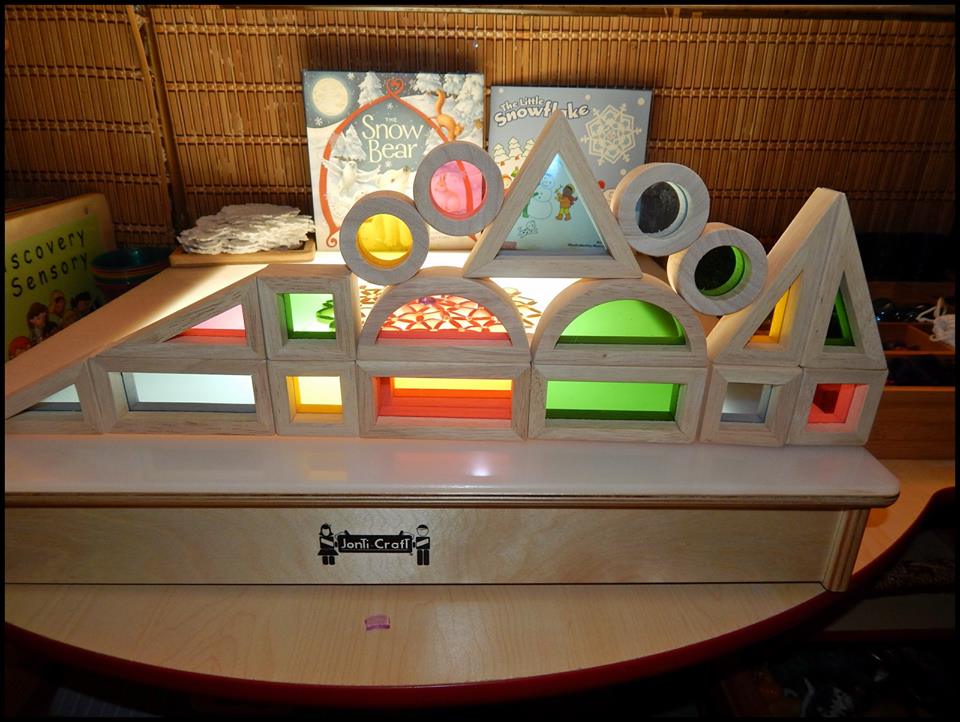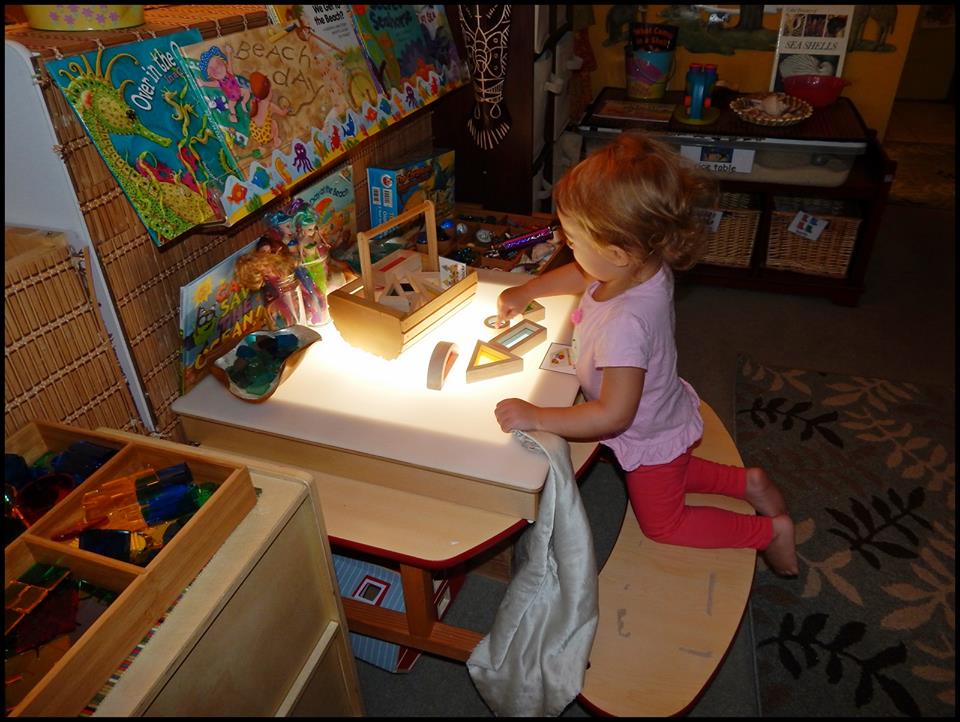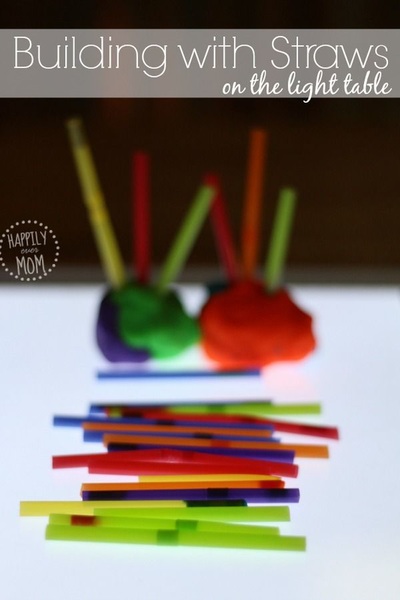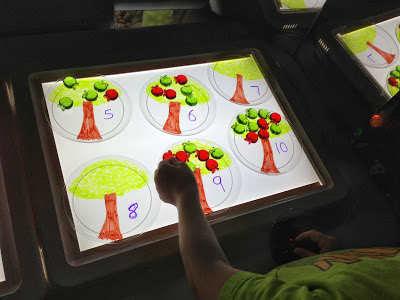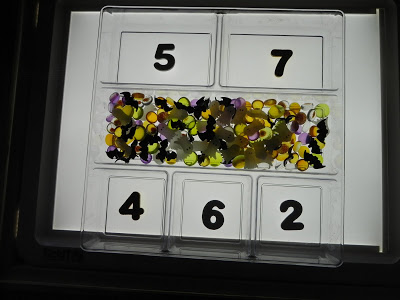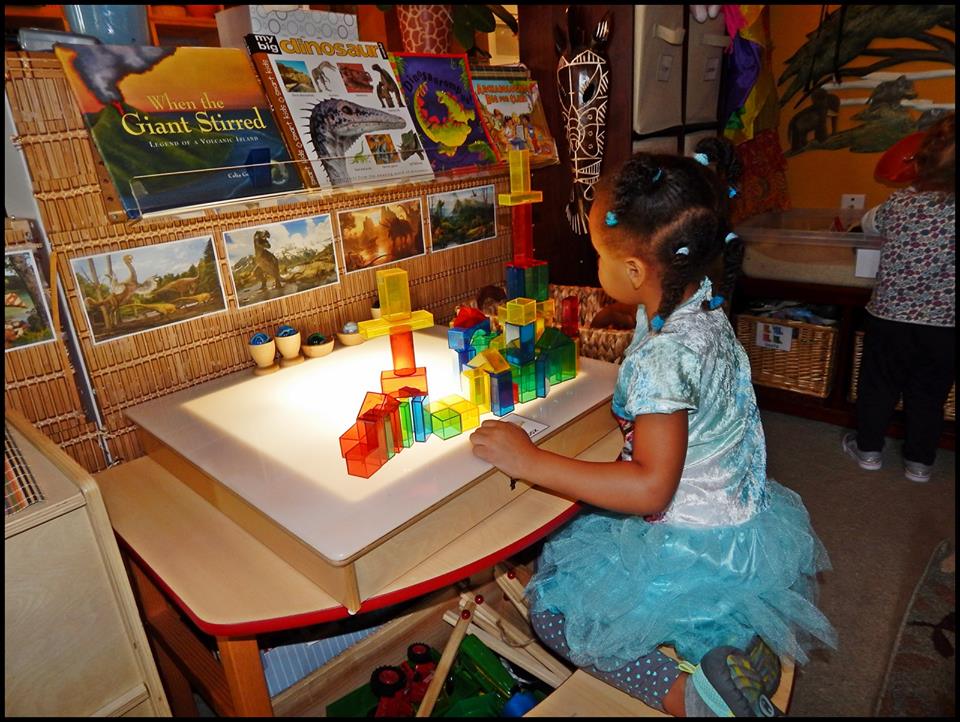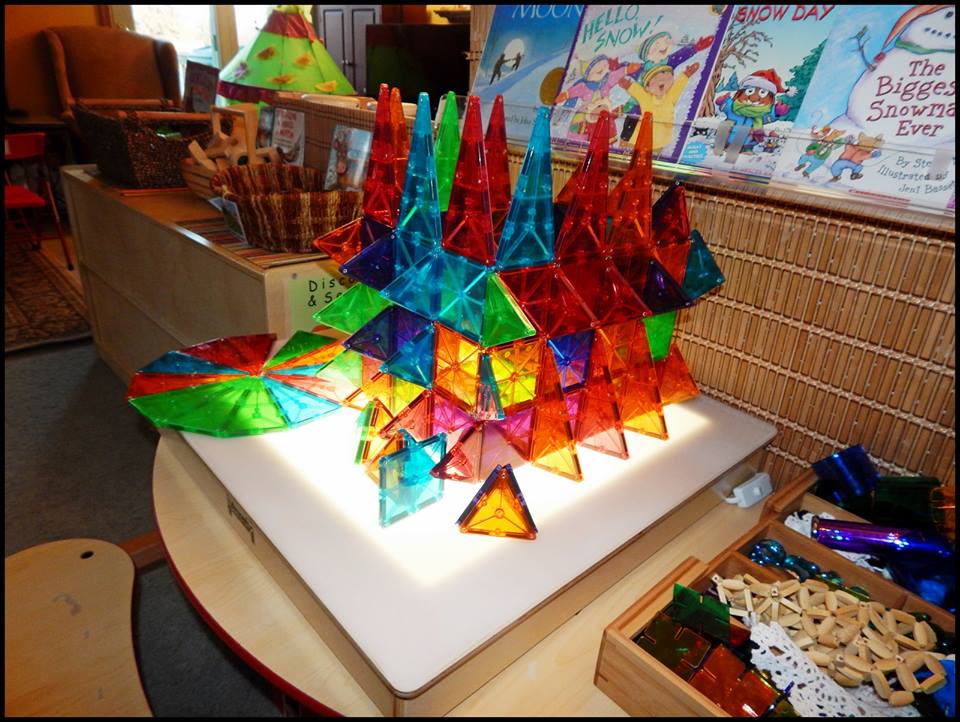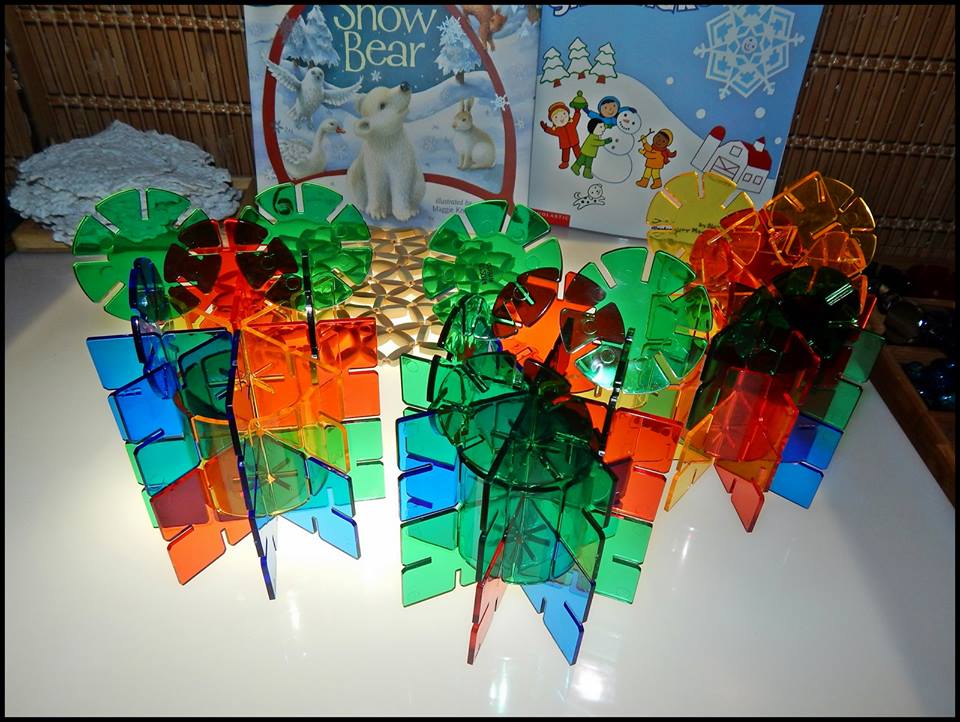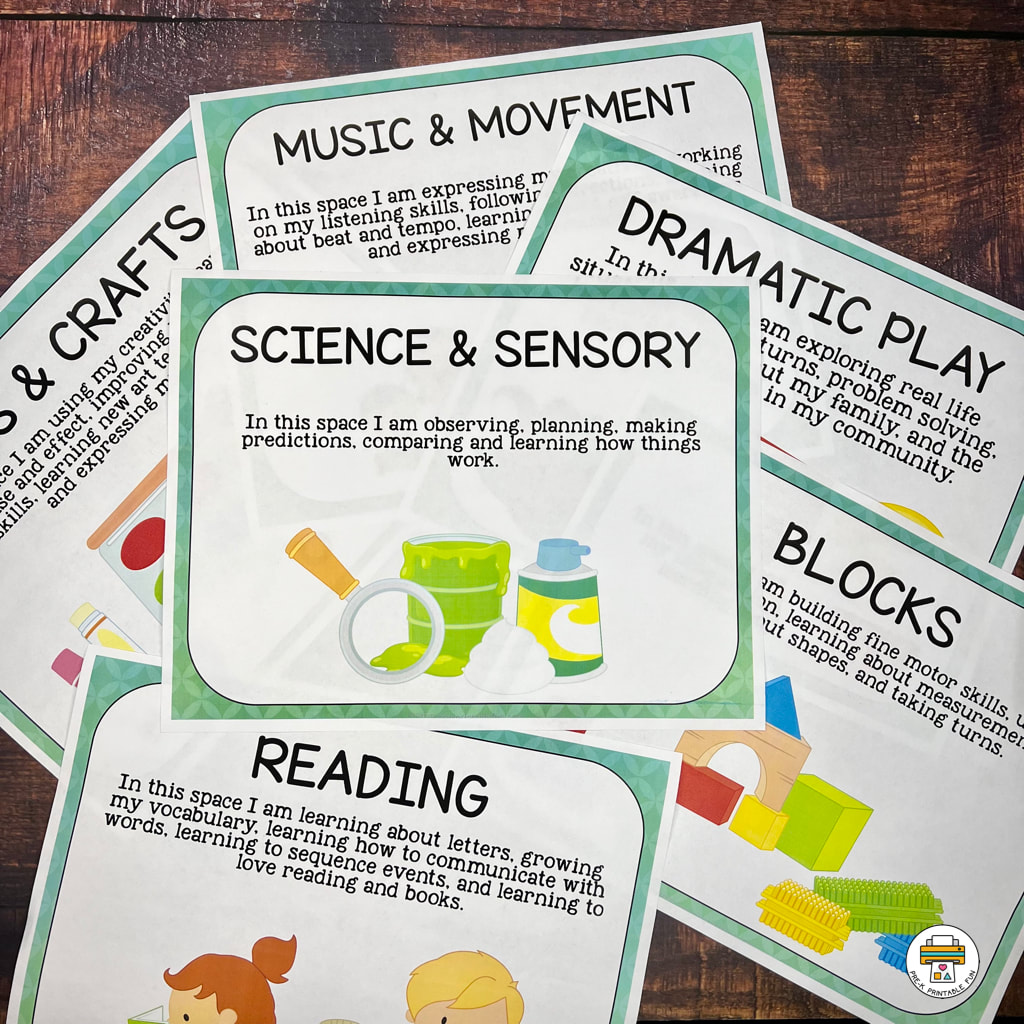Preschool Light Table ActivitiesAdding a light table to your space provides new sensory opportunities for children to explore the world around them. The light table is also a great place to explore color, color mixing, and shadows. Children can also use it to explore: Literacy, Math, Thematic Units, Science, Patterns, and Building.
Benefits of Light Tables in Preschool
Preschool light tables are an amazing tool for young children to explore their learning and creative development. Not only do they provide a fun and stimulating environment for children to explore with their hands, but they also help to develop essential skills such as fine motor control and visual discrimination.
With the use of light tables, children are able to learn about basic concepts such as color, form, and texture. Additionally, as the light changes, children can become more aware of how shadows change depending on the angle of the light source. This helps to develop spatial awareness and problem solving skills.
Furthermore, by using translucent materials on the light table, children can develop their sense of depth and explore the effects of light on different surfaces. All of these skills help children build a solid foundation of knowledge and understanding of the world around them.
Types of Preschool Light Table Activities
Some of the activities that can be done with a light table include: tracing, sorting, and observing objects, such as leaves, shells, or rocks. You can also use the light table to explore colors, patterns, and shapes. Additionally, you can use it to create art, such as collages, mosaics, and build 3d structures.
Explore Letters
Light tables can be a great way to explore letters with preschoolers. By placing objects such as translucent alphabet building shapes, magnetic letters, and other letter-related items on the light table, children can see the shapes of the letters and make connections between the letters and the items they are seeing. This can help to create a more holistic understanding of letters and their forms. Additionally, the light table can be a fun, interactive way to explore letters. Children can move the items around, explore how they look when they are upside down or sideways, and experiment with how they can create new words and shapes with the letters. Preschool students can practice tracing letters using tracing sheets, or tracing letters in a clear sand tray on top of the light table.
You can create your own light table letter materials, using letter cookie cutters, or by using a sharpie to write letters on acrylic blocks, manipulatives, or even mini cups. Using a light table to explore letters can be a great way to engage preschoolers in a hands-on, creative way.
Explore Color
Explore Science
Explore Math-Numbers, Shapes, and Counting
Build
DIY Light Table Ideas
DIY Light Table from Danya Banya
DIY Light Table IKEA hack from Hobby Mommy Creations DIY Train Table Light Table Tutorial from Life with my Little Loves You might also like
|
Light Table accessories
Items for your Light TableLight Table
|
Learning Centers
Preschool Learning Centers are commonly referred to as Preschool Centers, or Learning Spaces. These are activity areas dedicated to a specific type of of play and exploring a variety of topics and activities. Download our Free set of Center Signs!
|
Site
|
|

